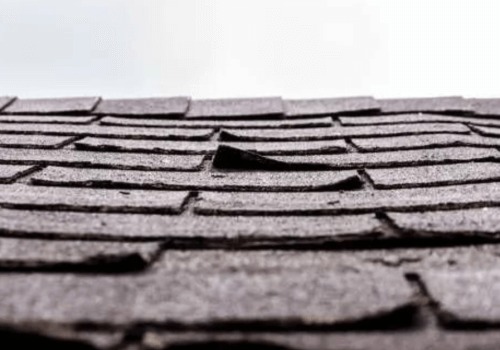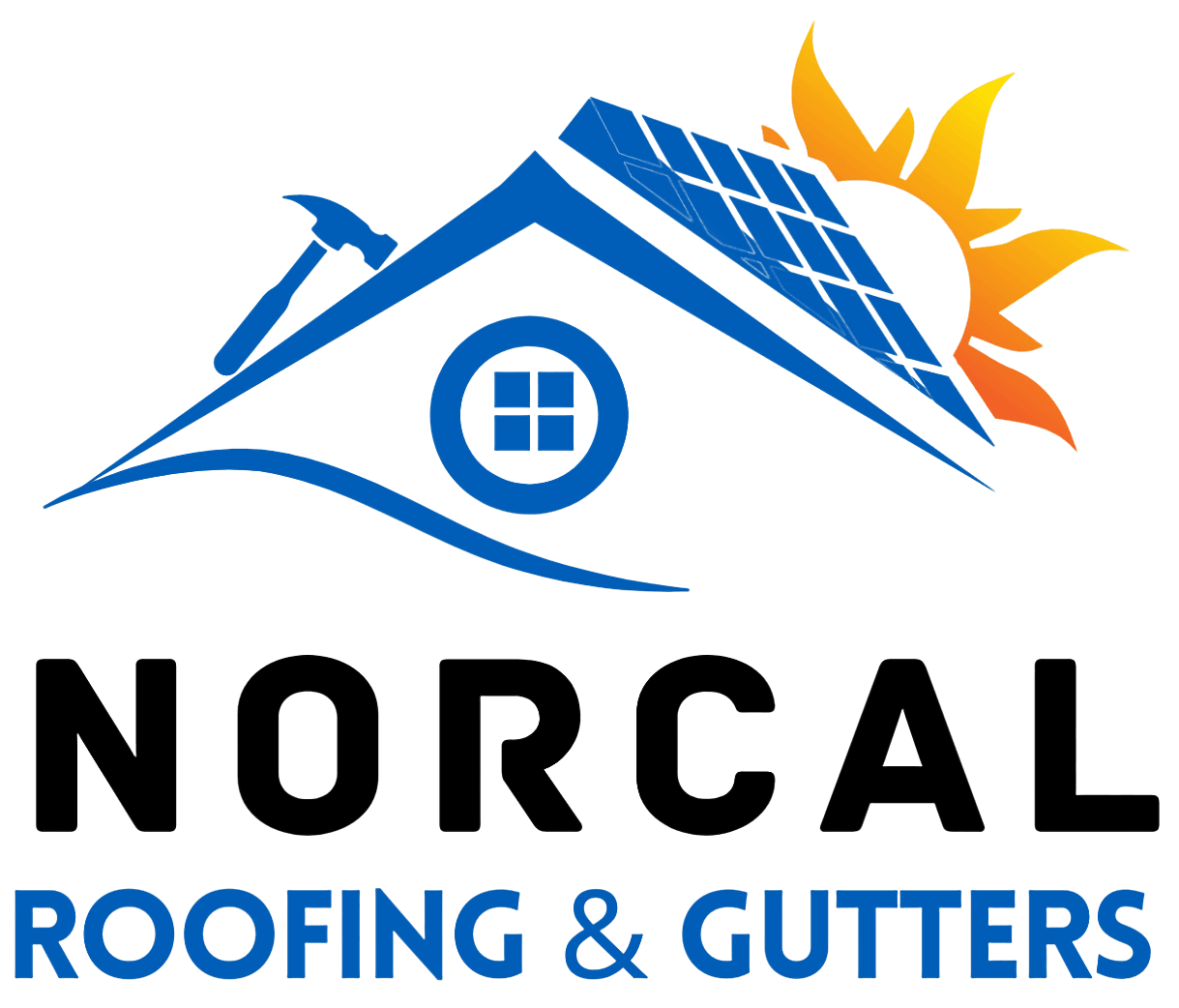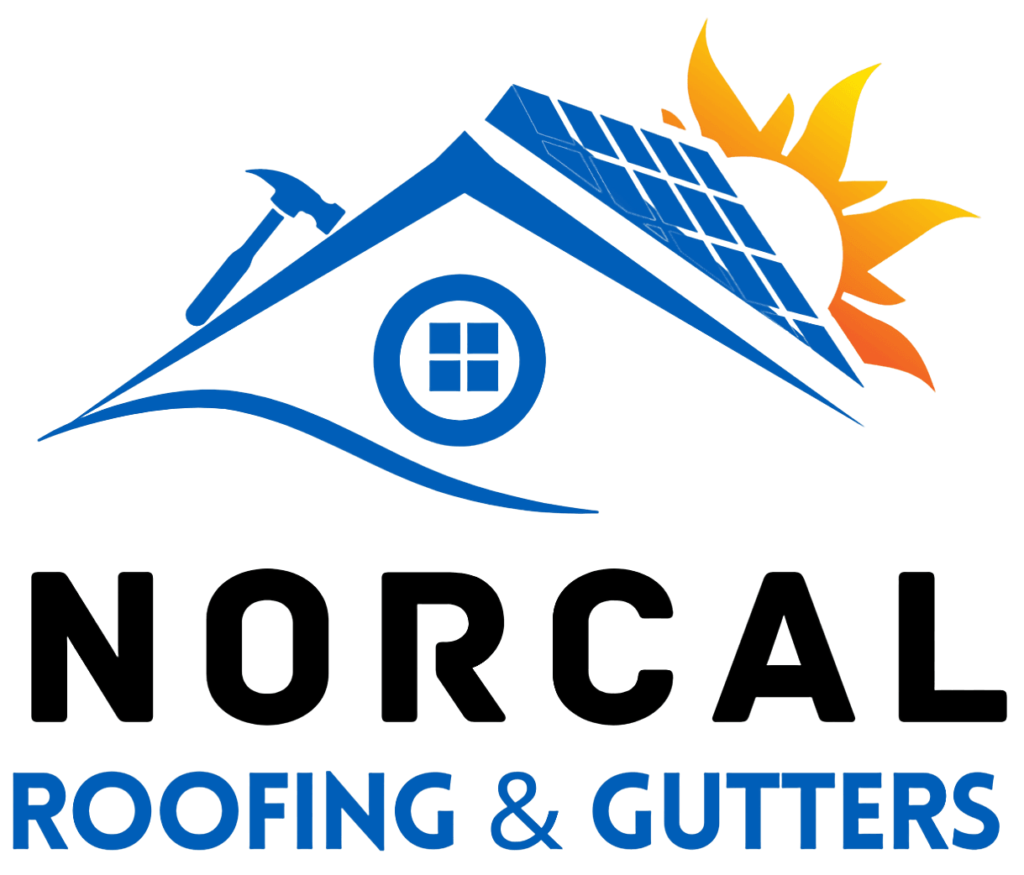Early Detection of Roofing Issues Saves Money and Property

Early Detection is Key! The saying an ounce of prevention is worth a pound of cure is very applicable for your roof. Spotting roofing issues before they become big problems can be tough, especially if you’re not very familiar with your roofing systems. However, it is important to keep an eye out for any signs of damage or wear and tear to avoid costly repairs in the future. Some common roofing issues include old or torn shingles, worn-out flashing, clogged gutters, and more. If you suspect that your roof has any of these problems, it is best to have a professional inspect it. A thorough inspection can help identify any potential issues and make necessary recommendations for repairs. Check For Roof Leaks A leaking roof is one of the most common roofing problems that homeowners face. If you suddenly find a wet spot on your ceiling or a stain on it that keeps growing, you may have a small leak. If you have access to your attic, look inside at the area above the leak. Do you see wet insulation or stained areas on the sheathing or rafters? You may even want to have someone soak targeted areas of the roof with a hose while you examine below. Once you’ve found the leak, you’ll have to find the corresponding problem on the surface of the roof. Gutters Critical for Long Roof Life In addition to these common roofing issues, gutter problems can also cause significant damage to your home if left unaddressed. Poor gutter installation or maintenance can lead to gutters overflowing into the house causing mold or damage to your living space, damage to roofing components like tiles, shingles, soffits, and fascia. Falling leaves and twigs can quickly clog up gutters, eavestroughs, and downspouts, causing water to stagnate. This is why properly functioning downspouts and eavestroughs are essential and one of the most common roof maintenance issues homeowners face every year. It’s also why gutter guards are a good idea to help keep your gutters clear. Get Professional Help In conclusion, regular inspections and maintenance can help prevent costly repairs in the future. If you suspect that your roof has any issues, it is best to have a professional inspect it as soon as possible. Sometimes it is just as easy as replacing a few shingles or Tiles. Of course, don’t forget about your gutters! Proper installation and maintenance of gutters are crucial in preventing water damage and other related issues.
How to Know When It’s Time to Replace Your Roof

Get Roof History If you’re wondering whether it’s time to replace your roof, there are a few signs you can look out for. The first step is to determine your roof’s history. You can do this by checking the installation date, which can be found in building permits or by contacting the installation company. Once you have this information, you can compare your roof’s age to the average material life expectancies. If your roof is reaching the end of its life expectancy, it may be time to replace it. Check for Visible Damage Another sign that it’s time to replace your roof is by looking for visible wear and tear. If you notice any of the following warning signs, it’s important to act quickly: Visible wear and tear, sagging or drooping, Leaks & Water damage, Noticeable increase in energy bills, Cracked or peeling paint, Loose or damaged flashing as well as pest infestations. Also keep an eye on the Gutters and Soffits – they can show early signs of roof damage. Ask a Professional A typical roof can last anywhere from 15 to 25 years depending on the weather, type of roof and how well its been maintained. If you’re still unsure whether it’s time to replace your roof, consider hiring a professional to inspect it. Save Money – Consider Solar Also, if you are having to replace your roof, it may be a great time to consider installing Solar panels. Because of the provisions in the federal Inflation Reduction Act, there are some great tax advantages for installing solar. Plus you can get great financing (2.99%) for solar installation which can include the cost of roof replacement / upgrade. Make sure you ask your roofing professional about the advantages of installing solar when replacing your roof.
Tips for Pressure Washing Soffits and Gutters!

Tips for Pressure Washing Soffits and Gutters Keep Your Roof Looking Great! Maintaining Soffits and Gutters of your roof can add years to the life of your roof. Keeping Soffits clean maintains ventilation and prevents the attic from overheating in the summer or creating ice blocks in the winter. Keeping Gutters clean keeps them from getting clogged and prevents water accumulation in the attic area or damaging the siding from overflows. Cleaning soffits and gutters can be a challenging task for homeowners. However, using a pressure washer can make it easy to keep these hard-to-reach areas looking great. In this article, we’ll cover which accessories can help and provide you with a few tips for safe and effective pressure washing to get your soffits and gutters looking like new in no time. 1. Before You Start Here are some of the tools that can be used to clean soffits and gutters with a pressure washer: • Pressure washer • Pressure washer gutter extensions (preferable to a ladder) • Safety goggles • Ear protection • Gloves • Scrubbing brush (optional) • Gutter trowel (optional) • Bucket 2. Soffits & Foliage When cleaning soffits and gutters with a pressure washer, it’s important to take precautions to avoid damaging the surrounding foliage. Start by soaking everything with clean water to rinse away any large debris or dirt from the soffits. This will also help prevent damage to the surrounding foliage. Use a low-pressure nozzle for your initial rinse to avoid damaging foliage or propelling dirt and debris into your soffits. While you’re at it, rinse the outsides of the gutters clean as well. 3. Applying Detergent When using a pressure washer to clean soffits and gutters, it’s important to use the right amount of detergent. Fill your detergent tank or pale with a detergent solution and make sure to dilute it according to the instructions on the detergent container if you’re using a concentrated detergent. Switch your detergent tank to “On,” make sure you have your detergent spray tip on, and begin applying the detergent to the soffits and the outsides of your gutters. To avoid propelling water into the soffits, don’t face your soffits directly. Instead, aim ahead of yourself and to the side a bit. You also don’t want to spray directly up at the soffits as this can cause mold or mildew growth. Minimize the amount of water you spray inside your soffits by aiming carefully. Once you’ve thoroughly covered your soffits and gutters with detergent, let it work its magic on the dirt and stains while you switch spray nozzles. 4. Wash away Dirt & Detergent Once your detergent has worked its magic on the stains, switch your nozzle to a high-pressure spray pattern. Turn off your detergent tank and aim the nozzle at a walkway. Squeeze the trigger to flush out any remaining detergent. Begin from the same spot you began when applying detergent and work in the same direction. Spray evenly along your soffits and gutters to remove all of the detergent, dirt, and stains. Some spots may be more stubborn than others, so take a little more time spraying those areas to ensure an even clean. Once you’re finished, switch back to a low-pressure nozzle and spray clean water over the surrounding foliage to rinse away any remaining detergent. 5. Cleaning the Gutters Cleaning the inside of your gutter can be dangerous if you climb a ladder. Instead, you can use a pressure washer gutter cleaner. These curved attachments allow you to hold your wand up and spray directly into the gutters while keeping your feet planted securely on the ground. You should avoid using a pressure washer from a ladder if at all possible. Start near a downspout and spray away from it. Angle your wand so the stream of water points away from the downspout, and progress down the length of the gutter. With enough pressure, the force of the water should propel debris out of the gutter. If your gutters have a lot of debris, you may want to clean some out by hand first to avoid clogging your downspouts. Try not to force too much debris into your downspouts. 6. Conclusion Depending on the roof, maintaining Soffits and Gutters can be a challenging undertaking and possible dangerous, especially if a ladder is needed to reach specific areas of the roof. In these types of situations getting professionals for the job can save you a lot of time and money – especially if things don’t work out as planned. A professional roofer can also identify other issues with the roof during this process. A bonded and insured roofing company has all the tools and expertise to do this correctly. NorCal Roofing Inc. is an organization that has been in business for over 30 years and works with all type of roofs & gutters. If you are interested in getting a free quote for NorCal Roofing services Contact Us.

